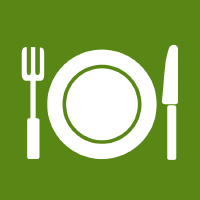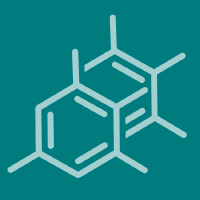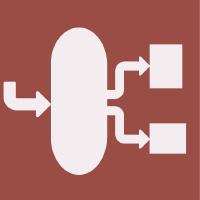Topic Editors


Purification of Plant Extracts
Topic Information
Dear Colleagues,
Separation is one of the chemical reactions that occurs between compounds and solid phases and/or mobile phases. Their combinations are infinite, and every compound should be separated into a single pure form. We are happy to invite colleagues to submit papers outlining examples of compounds and their separation methods.
In addition to this, plants are widely recognized as one of the biggest sources of active compounds used in medicine and functional foods. However, there are various plants yet to be investigated for new novel compounds.
Thus, this Topic is focused on the purification of bioactive natural products from plant resources as well as the various chromatography approaches to analyse these products, including GC and HPLC. Papers on the isolation and structural determination of novel compounds of plant origin, as well as on methods used for their analysis, are welcome for submission.
Dr. Kazuya Murata
Prof. Dr. Toshio Morikawa
Topic Editors
Keywords
- purification
- plant extracts
- GC
- HPLC
- separation
Participating Journals
| Journal Name | Impact Factor | CiteScore | Launched Year | First Decision (median) | APC | |
|---|---|---|---|---|---|---|

Foods
|
5.2 | 5.8 | 2012 | 13.1 Days | CHF 2900 | Submit |

Molecules
|
4.6 | 6.7 | 1996 | 14.6 Days | CHF 2700 | Submit |

Plants
|
4.5 | 5.4 | 2012 | 15.3 Days | CHF 2700 | Submit |

Processes
|
3.5 | 4.7 | 2013 | 13.7 Days | CHF 2400 | Submit |

Separations
|
2.6 | 2.5 | 2014 | 13.6 Days | CHF 2600 | Submit |

MDPI Topics is cooperating with Preprints.org and has built a direct connection between MDPI journals and Preprints.org. Authors are encouraged to enjoy the benefits by posting a preprint at Preprints.org prior to publication:
- Immediately share your ideas ahead of publication and establish your research priority;
- Protect your idea from being stolen with this time-stamped preprint article;
- Enhance the exposure and impact of your research;
- Receive feedback from your peers in advance;
- Have it indexed in Web of Science (Preprint Citation Index), Google Scholar, Crossref, SHARE, PrePubMed, Scilit and Europe PMC.

